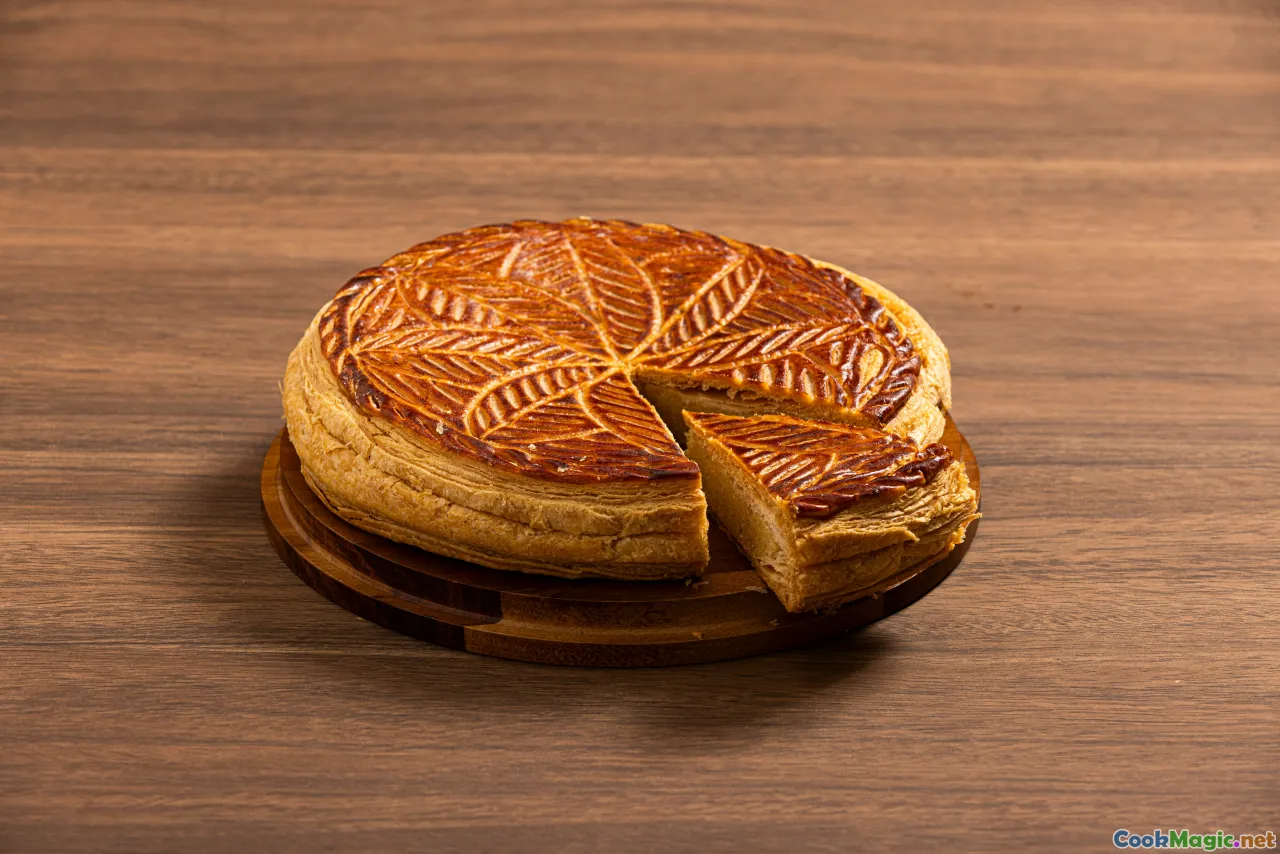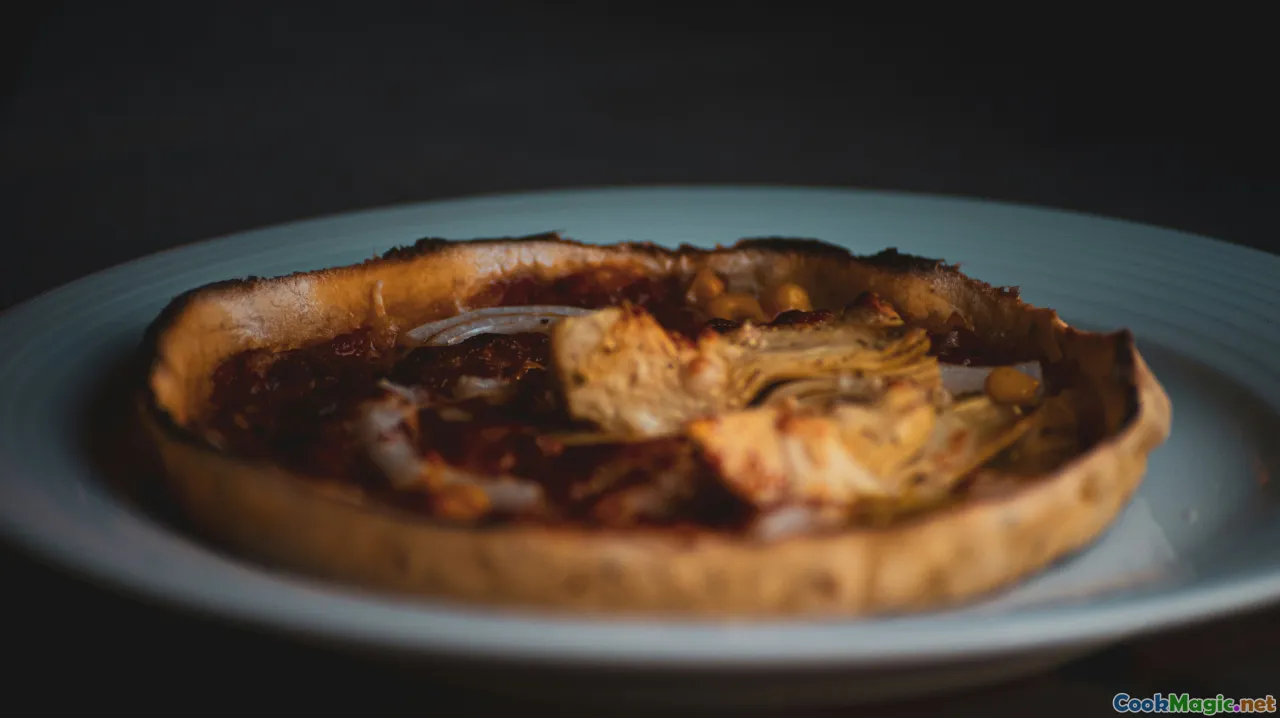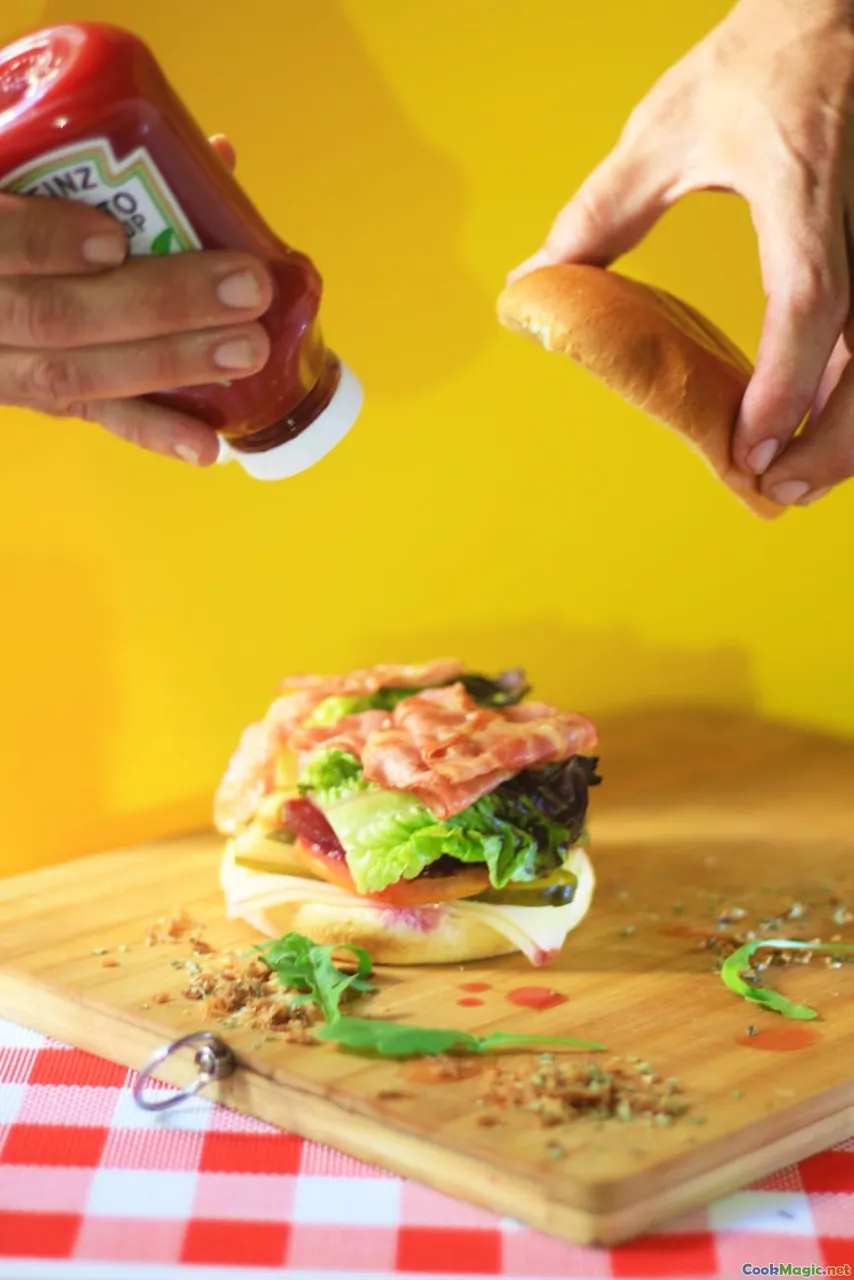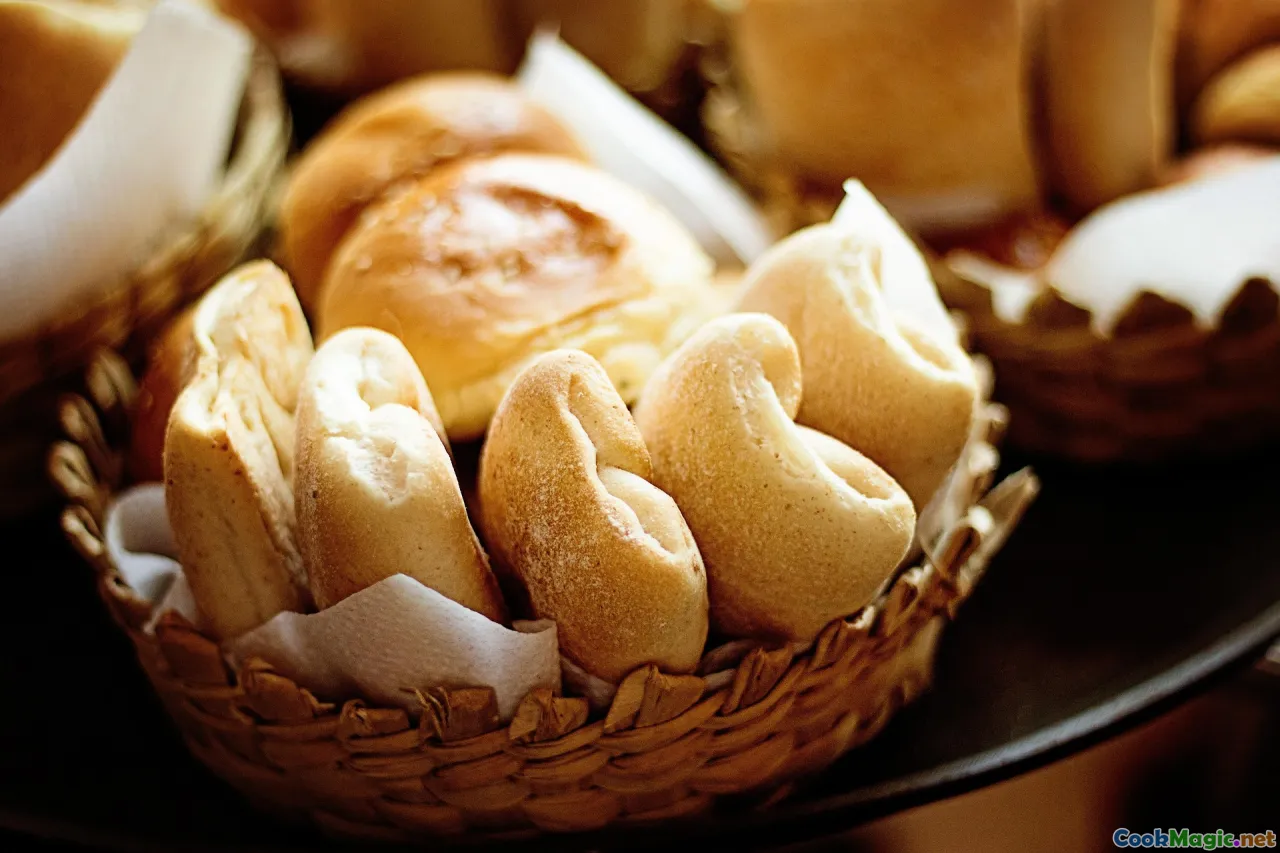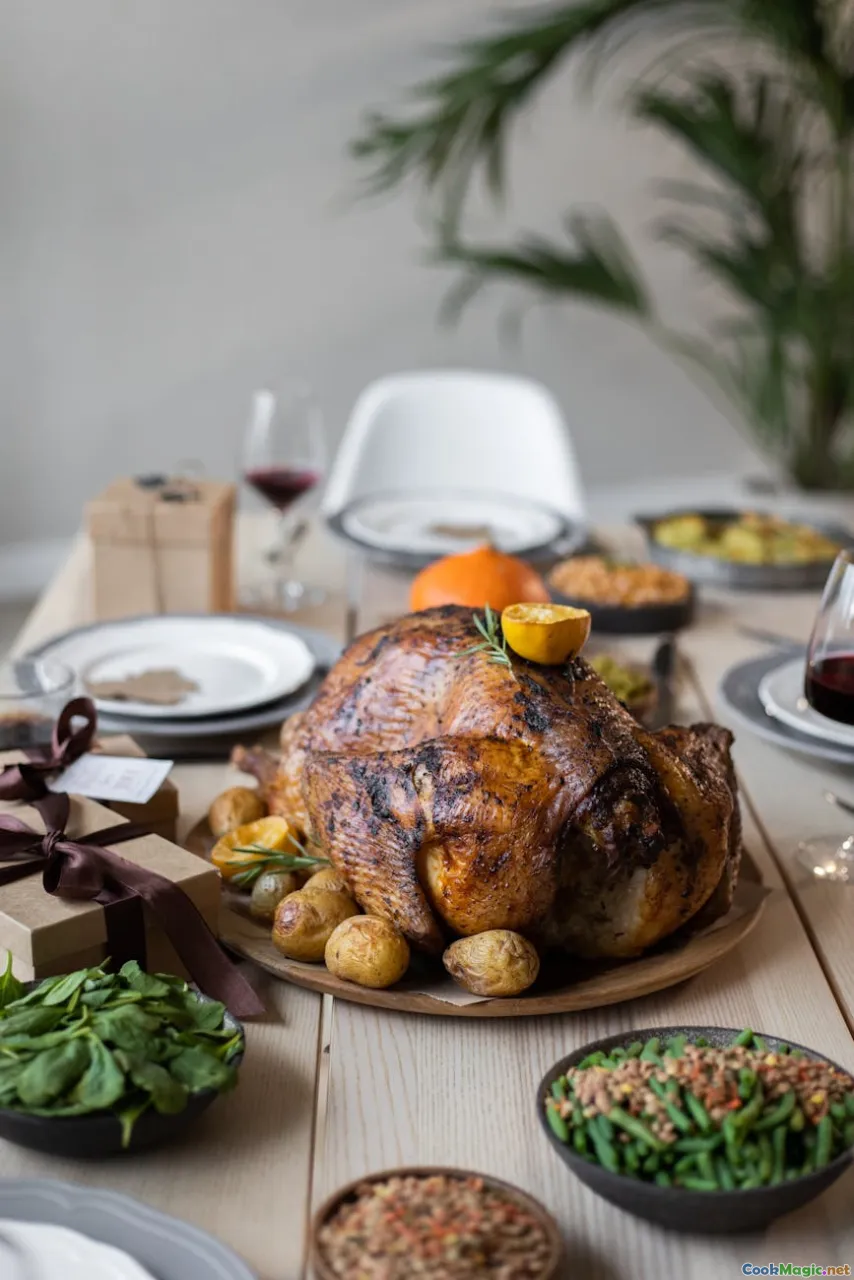How to Cook Authentic Aussie Meat Pies at Home
11 min read Discover step-by-step methods to create authentic Australian meat pies at home, capturing their rich flavors and cultural essence. July 21, 2025 03:05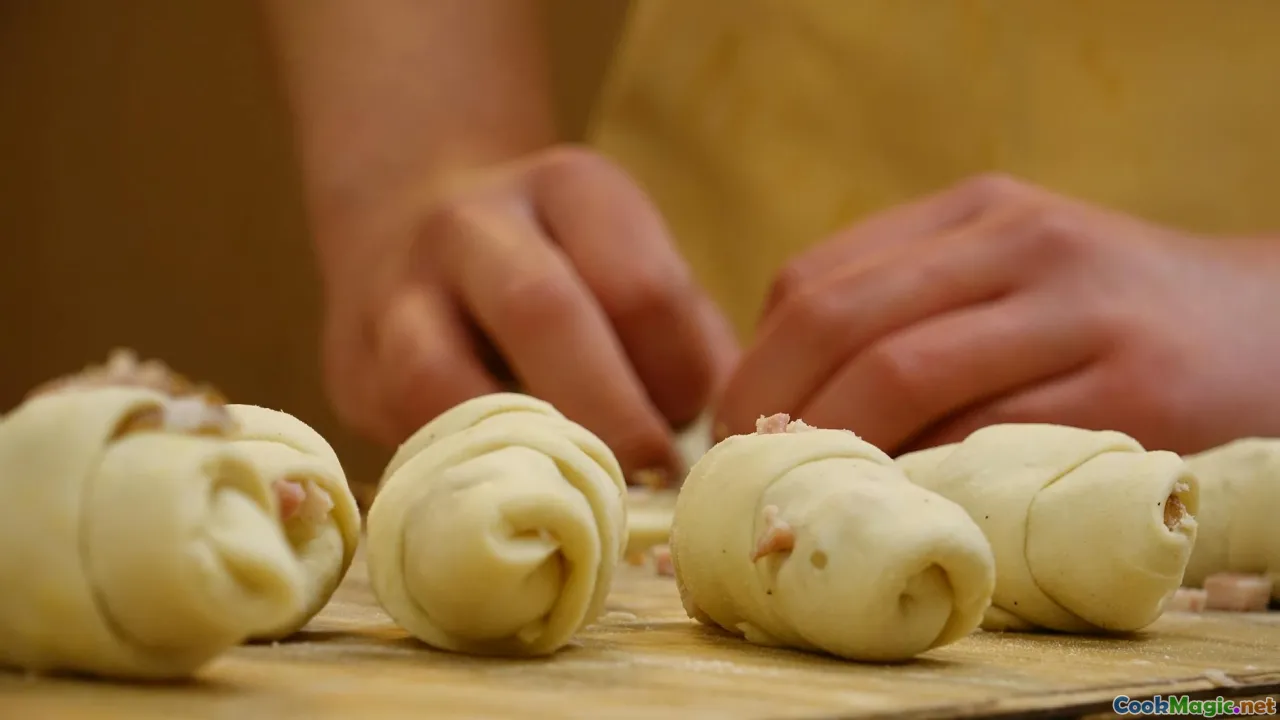
Embarking on an Aussie Meat Pie Journey: A Taste of Down Under

Few culinary creations evoke the warm, comforting embrace of an authentic Australian meat pie. Iconic, humble, yet deeply ingrained in the Australian soul, these savory pastries are not just food—they're a cultural emblem, a snapshot of rural history, and a comfort blanket after a long day of travel or work. Whether cracked open at a bustling local bakery in Melbourne, shared at a picnic on Sydney’s Bondi Beach, or homemade in a cozy kitchen, Aussie meat pies carry a collective memory woven into the fabric of the nation.
In this comprehensive guide, I’ll guide you through the methodical art of crafting your own mouthwatering, authentic Aussie meat pies at home. From choosing the right ingredients to mastering pastry techniques and creating rich, flavorful fillings, this journey combines culinary tradition with personal storytelling—a true homage to Australia’s beloved comfort dish.
Understanding the Heart of Australian Meat Pies

Australian meat pies are more than just food—they are a cultural milestone. Originating from the British pastry tradition brought to Australia by colonists, these pies have evolved into a symbol of Australian resilience and community spirit. The local twist? Generous fillings cowed with tender meats, complemented by savory gravy, encased in golden, flaky pastry.
In regional towns, bakeries often serve up hand-sized pieces wrapped in crinkled paper, their aroma spilling into the street—an invite that says, "Come, have a hearty bite." It’s a personal ritual for many Aussies, a staple that fuels weekend footy games, family gatherings, and quiet moments of self-indulgence.
Ingredients You Need: Classical and Quality First

Keep your pantry stocked with high-quality ingredients, because every element influences the final result.
Meats
Pointers: Opt for cuts like beef chuck, brisket, or sirloin. They contain just enough connective tissue—not too lean—that, when slow-cooked, melt into tender, flavorful bites.
Vegetables
Carrots, onions, and celery form the classic "soffritto"—the flavor base. Use fresh, vibrant produce; they add natural sweetness and depth.
Herbs & Seasonings
Thyme, rosemary, and a touch of bay leaf make the filling aromatic. Don’t forget salt and freshly cracked black pepper to elevate the savoriness.
Pastry
While store-bought puff pastry can work in a pinch, making your own flaky, buttery shortcrust or puff pastry elevates the authenticity. I recommend preparing pastry from scratch using quality butter and cold ingredients for that signature crisp texture.
Additions
A splash of Worcestershire or a dash of tomato sauce (ketchup) can add a subtly tangy note resembling some traditional recipes.
Crafting the Perfect Pastry: The Art of Flaky Perfection

Mastering pastry is both science and art. The goal? A tender, buttery crust with the right support for the hearty filling.
Step-by-step pastry making:
- Cold Ingredients: Chill your fats and flour thoroughly. Cold fats create staggering layers in puff pastry, while cold water prevents gluten overdevelopment.
- Mixing: Use a pastry cutter or your fingertips, cutting butter into the flour until grains resemble coarse crumbs. Leave some pea-sized bits for flakiness.
- Adding Water: Drizzle ice-cold water gradually. Mix until the dough just holds together—avoid overworking.
- Chill & Rest: Wrap dough in plastic and refrigerate for at least 30 minutes. Resting relaxes gluten, ensuring tender pastry.
- Rolling & Cutting: Roll on a lightly floured surface, aiming for about 3–5mm thickness, then cut out circles slightly larger than your pie tins.
Tips for flaky pastry:
- Keep your tools and ingredients ice-cold.
- Don’t overmix—increasing gluten formation toughens the pastry.
- Use minimal handling once rolling to preserve flakiness.
Creating the Filling: Stewing, Seasoning & Assembling

The filling forms the soul of your meat pie—rich, savory, and umami-packed.
Slow-cooking the meat:
- Browning: Sear your cut into hot oil until deep golden brown. This caramelizes the surface, adding depth.
- Sweating Vegetables: In the same pan, soften diced onions, carrots, and celery until translucent.
- Simmer: Return meat, add herbs, and cover with beef stock or water. Low and slow cooking—about 1.5 to 2 hours—breaks down tougher cuts, resulting in melt-in-mouth textures.
- Thickening: Finish with a slurry of flour or cornstarch if you prefer a thicker gravy, or opt for a classic, more sauce-like consistency.
Seasoning & Flavoring:
Adjust salt and pepper at this stage. You might include Worcestershire sauce, soy sauce for umami, or even a dash of gravy granules.
Assembly:
Roll out your pastry to uniform thickness. Cut discs slightly larger than your pie tins or ramekins. Spoon the filling generously into each case, leaving space for a lid.
Top with another pastry circle, seal edges by crimping with a fork, and cut small vents to let steam escape.
Baking to Bright Golden Perfection

Preheat your oven to 200°C (390°F). Brush the tops with beaten egg or milk for that irresistible, shiny golden finish.
Bake for approximately 25–30 minutes or until the crust is crisp, golden, and slightly blistered—be sure to check they don’t burn at the edges.
As they emerge, give them a few minutes to settle—hot fillings can cause splitting or excess mess.
Serving Stories & Cultural Traditions

In Australia, a meat pie isn’t just a meal—it's a social emblem. Serve them alongside vegetables or mashed potatoes for a hearty meal, or enjoy a smaller snack at the local footy match, wrapped in newspaper—or a styrofoam box if you’re in a busy bakery.
Many families have secret recipes handed down through generations, often with peculiar but treasured ingredients—think a splash of beer in the filling or a pinch of vegemite for that umami kick.
Food festivals across the country celebrate regional varieties, from the classic “woolpack” pies of rural Victoria to the gourmet, artisanal versions popping up in Melbourne’s laneway bakeries.
Tips for Success & Personal Touches

- Quality over quantity: Use premium ingredients—even humble beef benefits from quality.
- Experiment with fillings: add blue cheese, mushrooms, or even smoked meats for unique flavors.
- Make it your own: tweak seasonings, pastry type, or portion sizes.
Improvising within tradition is what makes cooking at home joyful—and every pie you bake brings you closer to capturing the heart of Australia’s most beloved comfort food.
A Final Bite of Down Under

Creating your own authentic Aussie meat pies at home bridges the gap between distant shores and your kitchen. It’s a labor of love—demonstrating patience in pastry technique, care in flavor balancing, and joy in sharing a piece of Australia’s culinary pride.
So round up those ingredients, plug in your mixer, and prepare for a baking adventure that ends with smiles, satisfied bellies, and perhaps a little pride—because nothing beats the taste of a properly made Aussie meat pie, baked with your own hands and heart. Cheers to the journey, mate.
